Uhrenindustrie Deutschland
Pforzheim, Glashütte und der Schwarzwald
Eine der bedeutendsten deutschen Uhrenindustrien
Glashütte, Sachsen
1845 ließ sich Ferdinand Adolph Lange als erster Uhrmachermeister in Glashütte nieder. Mit einem Darlehen der sächsischen Landesregierung gründete er die Uhrenfabrik Ferdinand Adolph Lange & Cie. Ein neuer Arbeitgeber war im von Armut gezeichneten Müglitztal gern gesehen – und so begann Ferdinand Adolph Lange damit, Bürger von Glashütte zu Uhrmachern auszubilden.
Das Konzept ging auf: Die Uhrenindustrie in Glashütte florierte, zahlreiche weitere Uhrmacher ließen sich nieder und gründeten Betriebe. So wurde 1878 außerdem auf Initiative des Uhrenfabrikanten Karl Moritz Großmann hin die Deutsche Uhrmacherschule Glashütte (DUS) gegründet. Auf dem Lehrplan standen für Uhrmacher wichtige Fächer wie Mathematik und Geometrie.
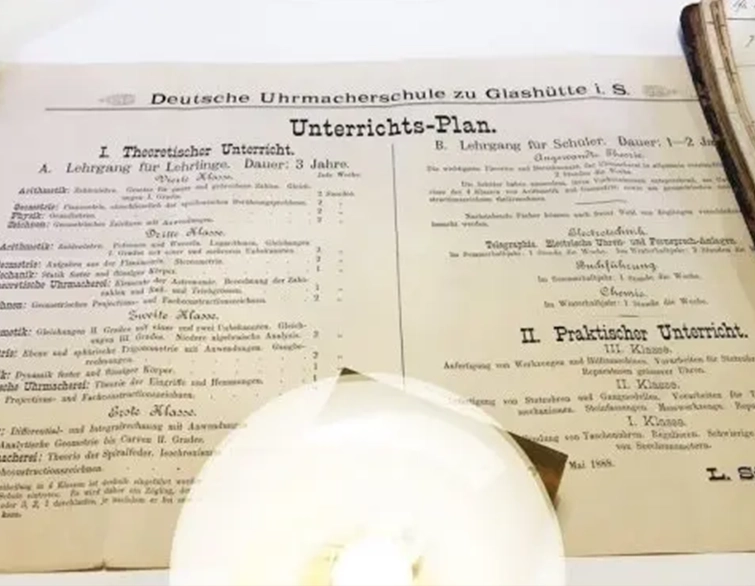
Glashütte wurde über die Jahrzehnte berühmt für hochpräzise Taschenuhren. In den 40er Jahren erfolgte dort beispielweise auch die Produktion von Schiffschronometern und der bekannten Fliegeruhren im sogenannten Beobachtungsuhren-Design.

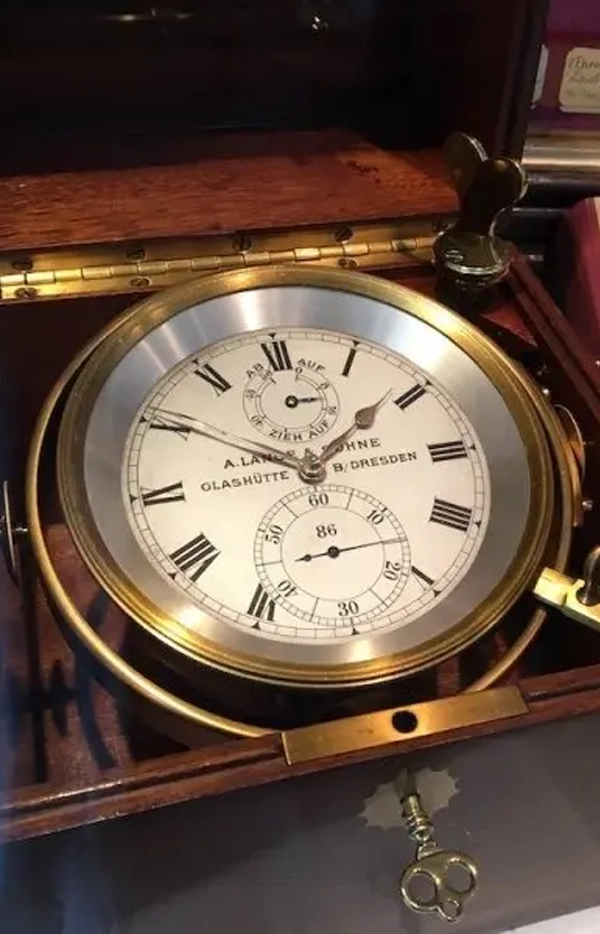
Nach dem Ende des Zweiten Weltkrieges wurden fast alle Produktionsanlagen als Reparationsleistungen demontiert und in die Sowjetunion gebracht. Die Sowjets ließen außerdem ihre Uhrmacher fortan in Glashütte ausbilden. Gleichzeitig wurden die meisten Uhrenhersteller aus Glashütte von den Besatzungstruppen enteignet und ab 1951 im Volkeigenen Betrieb (VEB) Glashütter Uhrenbetriebe (GUB) zusammengefasst. Die hochwertige Kleinserienfertigung, mit der Glashütte berühmt geworden war, ging damit vorübergehend zu Ende: Die industrielle Massenfertigung zog in das kleine Städtchen ein, bis zu 2500 Mitarbeiter arbeiteten in der Produktion von GUB.
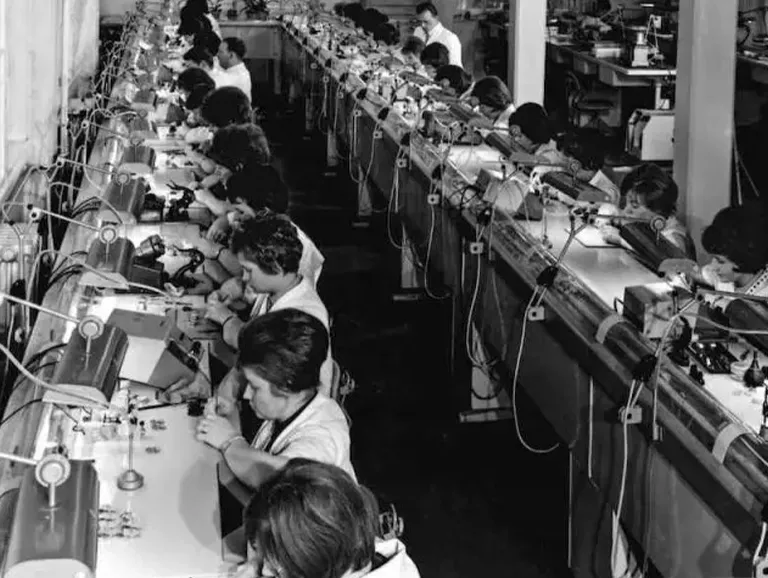
Nach der Wiedervereinigung führten verschiedene Unternehmer, darunter der Urenkel von Ferdinand Adolph Lange, den erneuten Kurswechsel der Glashütter Uhrenindustrie auf feinste Uhrmacherei herbei. Neben Lange & Söhne war auch Glashütte Original, der rechtliche Nachfolger der GUB, maßgeblich an dieser Entwicklung beteiligt.
Der Plan ging auf: Heute sind Uhren mit feinster Mechanik von Herstellern wie Lange & Söhne oder Glashütte Original im hochpreisigen Luxussegment zu finden – in bestimmten Fällen sprengt das Preisschild einer Uhr sogar die Millionen…
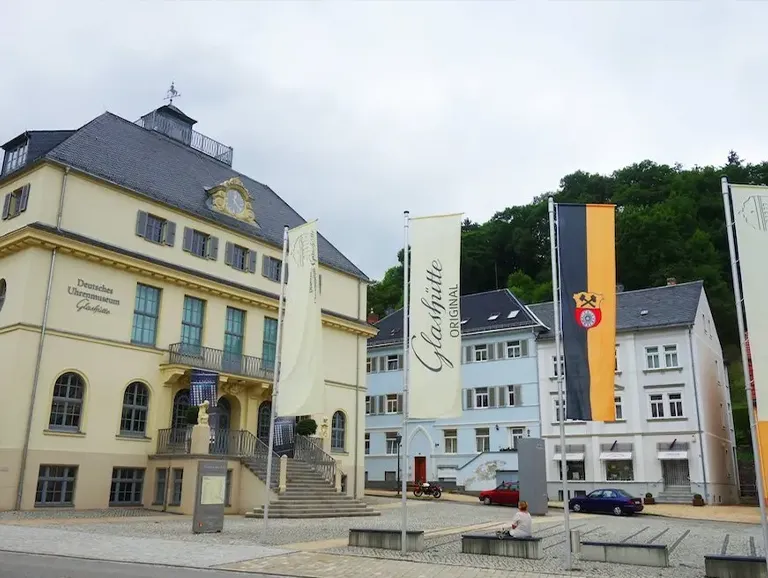
Deutsche Uhrenindustrie im Südwesten
Die Goldstadt Pforzheim und der Schwarzwald
In Pforzheim begründete Markgraf Karl-Friedrich von Baden 1767 die Uhren- und Schmuckindustrie – also noch lange bevor die Uhrenindustrie in Glashütte erstarkte. Mit Unterstützung eines Schweizerisch-französischen Uhrmacher-Duos wurde im örtlichen Waisenhaus zur Beschäftigung der Waisenkinder eine Uhrenfabrik eingerichtet. Etwas später wurde die Fabrik um die Herstellung von Schmuckwaren erweitert, woraufhin sich der Schwerpunkt der Produktion über die kommenden Jahre verlagerte.
Ab 1920 erlebte die Fertigung von Uhren in Pforzheim jedoch eine Renaissance: Die Stadt am Nordrand des Schwarzwalds wurde zu einem der bedeutendsten Zentren der deutschen Uhrenindustrie sowie der Schmuckfabrikation weltweit, worauf der Beiname Goldstadt Bezug nimmt. Voller Respekt sprach man im Ausland auch von „Klein-Genf“.
In dieser Zeit entstanden zahlreiche Fabriken, wie auch die 1933 von Uhrmachermeister Rudolf Wehner gegründete Pforzheimer Uhren-Rohwerke GmbH (PUW), die schon ein Jahr nach der Gründung selbst entwickelte mechanische Uhrwerke produzierte und erfolgreich verkaufte. Durch die langlebige Qualität und präzisen Gangwerte genossen die Uhrwerke auch international einen hervorragenden Ruf.
Wie auch in Glashütte gestalteten sich die Nachkriegsjahre in Pforzheim als außerordentlich schwierig – viele Fabriken waren zerstört, Produktionsanlagen wurden von den Siegermächten demontiert. Viele Unternehmer wie PUW-Gründer Rudolf Wehner trotzten aber den widrigen Umständen und bauten die Stadt und die Fertigungsstätten wieder auf.
Die Arbeit lohnte sich: Viele Pforzheimer Uhrenfabriken wurden in den Nachkriegsjahren erfolgreicher denn je. In den 1970er Jahren waren wieder knapp 30.000 Menschen in der Uhrenindustrie Pforzheim beschäftigt, um mechanische Uhren effizient, bei gleichzeitig hoher Qualität in Großserien zu fertigen. Genau wie im restlichen Schwarzwald verschwanden jedoch auch in Pforzheim durch den Aufstieg der Quarzuhren und der damit verbunden Quarzkrise viele Betriebe und Arbeitsplätze in der Uhrenindustrie.
Heute aber sind wieder zahlreiche traditionsreiche und auch jüngere Marken in Pforzheim und Umgebung aktiv. In der Goldstadt findet man nach wie vor hervorragende Voraussetzungen, um hochwertige Uhren „Made in Germany“ zu bauen, darunter Gehäuse- und Zifferblattmanufakturen. In Pforzheim sind außerdem eine Goldschmiede- und Uhrmacherschule, der Bundesverband Uhren und Schmuck, sowie das Technische Museum der Pforzheimer Schmuck- und Uhrenindustrie zu finden.
Ganz im Sinne der Pforzheimer Tradition sind die Preise für Uhren aus der Goldstadt heute in der Regel vergleichsweise erschwinglich und bieten damit einen hervorragenden Einstieg in die Welt der hochwertigen Uhren Made in Germany. Auch Circula folgt diesem Pfad mit z.B. der SuperSport oder AquaSport II.
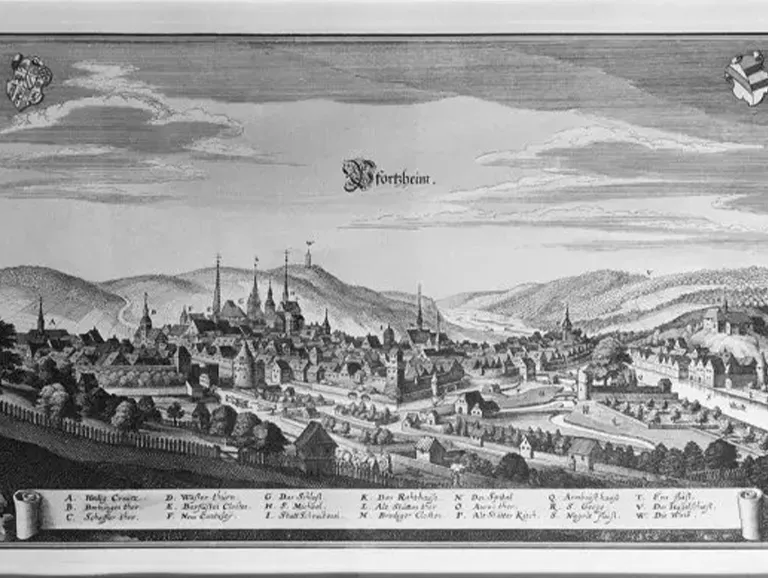
Uhrenindustrie im Schwarzwald
Schon seit der zweiten Hälfte des 18. Jahrhunderts wurden in vielen kleinen Werkstätten im badischen Teil des Schwarzwaldes in großen Stückzahlen Holzuhren hergestellt. Dank früher Arbeitsteilung und vereinfachter Konstruktion waren die Wecker, Stand- und Wanduhren aus dem Schwarzwald durch ihre niedrigen Preise und hohe Qualität international erfolgreich. Die Grundlage bildete dabei der günstige und leicht zu verarbeitende Rohstoff Holz, der quasi vor der Tür in großen Mengen zur Verfügung stand. Holzuhrmacherei war ein freies Gewerbe, das jedermann ausüben durfte. Die Anfertigung von Uhren aus Metall hingegen unterlag den Zunftregeln und war ausschließlich auf städtische Uhrmacher beschränkt. Zu Beginn des 20. Jahrhundert entwickelte sich der Wecker im Blechgehäuse zum Vorzeigeprodukt der Schwarzwälder Uhrenindustrie, welcher effizient und in hoher Qualität in industrieller Großserienfertigung nach amerikanischem Vorbild produziert werden konnte.
Uhrenindustrie in Schwenningen
Prägend für die Uhrenindustrie im Schwarzwald war insbesondere auch Schwenningen, die einst als die größte Uhrenstadt der Welt bekannt war. Schon Anfang des 20. Jahrhunderts betrieben die Schwenninger intensiv Handel mit Uhren und fertigten in kleinen Fabriken eigene Uhren in Metallgehäusen. In Schwenningen wurde außerdem 1900 die heute immer noch existierende Staatliche Feintechnikschule als königlich württembergische Fachschule für Feinmechanik, Elektromechanik und Uhrmacherei gegründet. Die Uhrenindustrie in Schwenningen war überaus erfolgreich – in der Hochzeit, von 1954 bis 1963, gab es weit über 200 Firmen, die in der Schwenninger Uhrenindustrie tätig waren.
Nach den beiden Weltkriegen und der Quarzkrise fand die Schwarzwälder Uhrenindustrie allerdings nicht mehr zu alter Stärke zurück. Nichtsdestotrotz gibt es im Schwarzwald auch heute noch zahlreiche Hersteller von Großuhren und mechanischen Uhrwerken.
